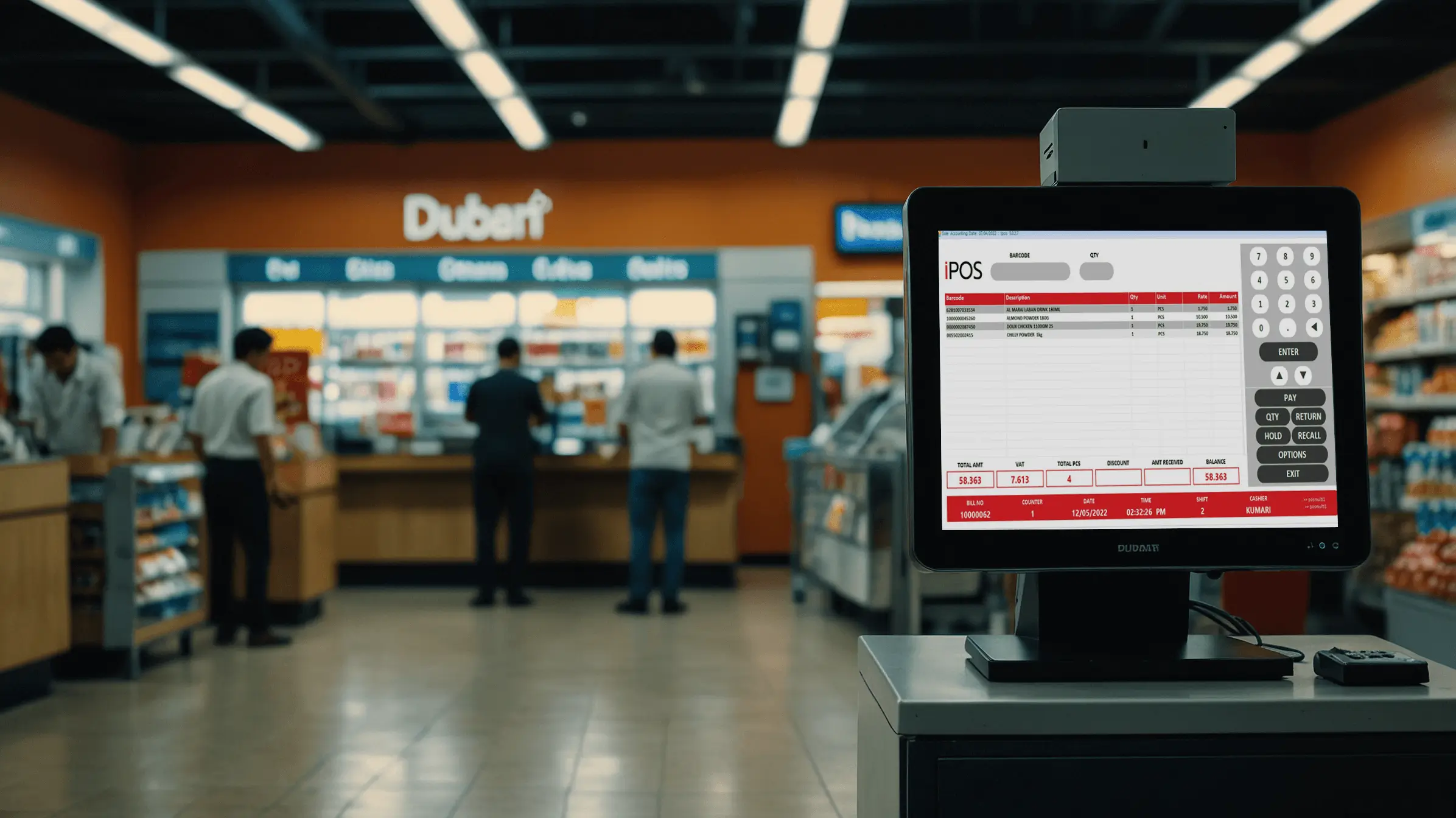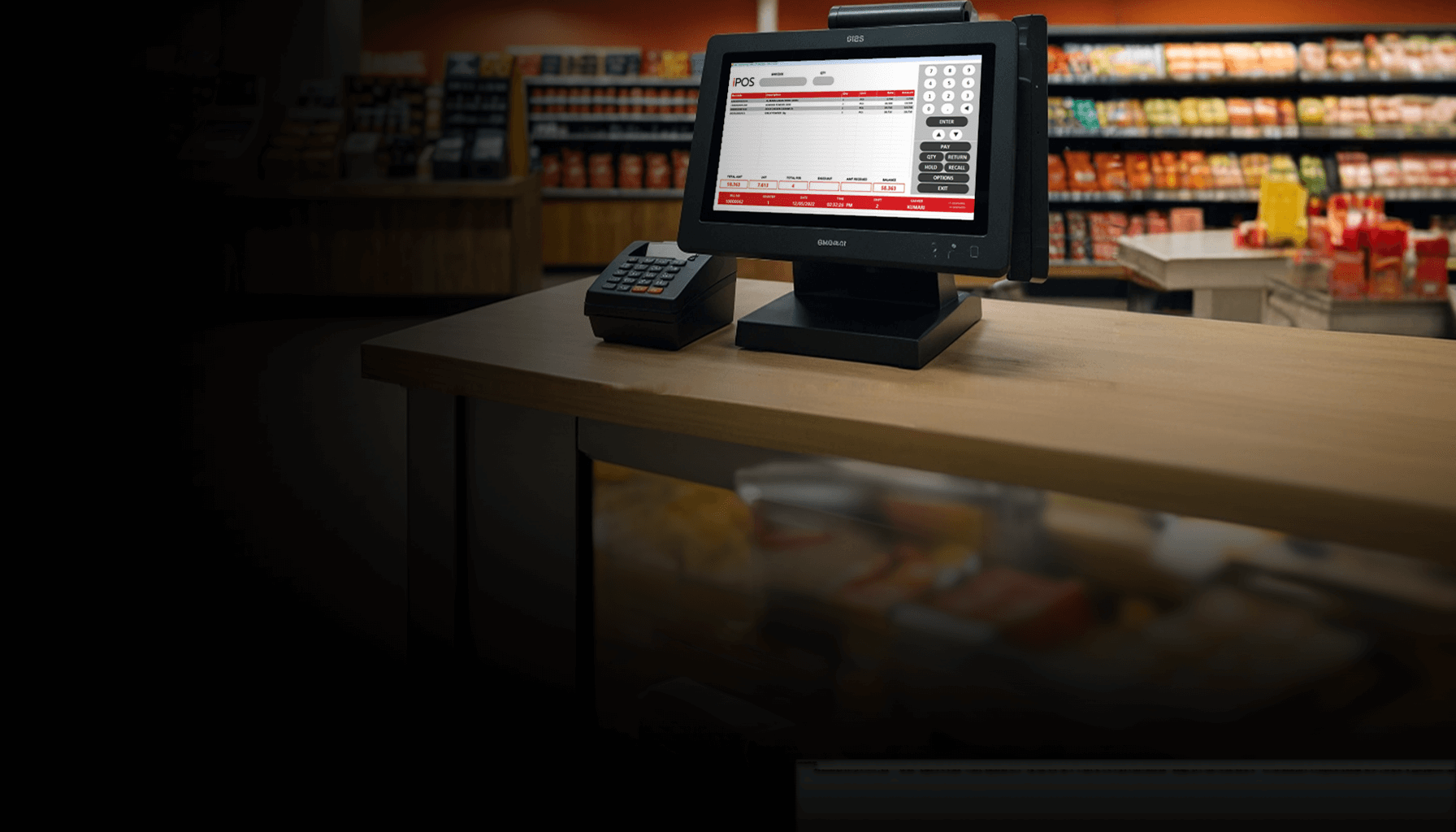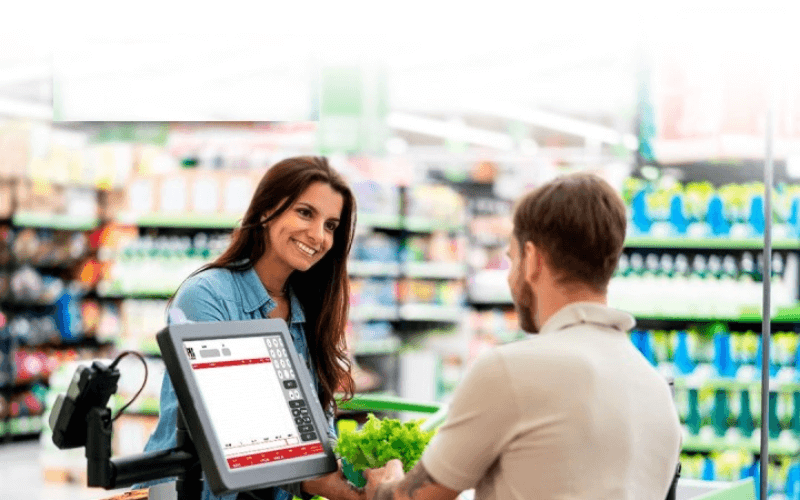In today’s retail world, businesses need to manage both online and offline stores smoothly. E-commerce and POS integration is the answer. This combo is changing how stores work, making things easier for customers and store owners. It connects online and physical shops, helping businesses keep up with how people like to shop nowadays.
| Key Takeaways |
|---|
| • E-commerce and POS integration creates a unified retail experience • Real-time inventory synchronization across all channels • Improved customer data management and personalization • Streamlined operations and reduced manual errors • Enhanced reporting and analytics for better decision-making • Increased sales through multichannel selling capabilities |
Understanding E-commerce and POS Systems
Let’s break down what these terms mean:
E-commerce is buying and selling stuff online. A Point of Sale (POS) system is where customers pay for things in a real store. Modern POS systems do more than just take money; they help manage stock, track sales, and understand customer info. When e-commerce and POS systems work together, it makes everything run smoother between online and offline shops.
The Need for Integration in Modern Business
As more people shop both online and in stores, businesses need to connect these experiences. E-commerce and POS integration helps solve problems like:
- Keeping track of stock across all sales channels
- Having the same prices and product info online and in-store
- Managing customer data and rewards programs easily
- Making accurate sales reports that include all sales channels
- Making it easy for customers to buy online and pick up in-store
- Making sure taxes are right for different places
Benefits of E-commerce and POS Integration
Connecting e-commerce with POS systems has many good points:
Benefits of E-commerce and POS Integration
- Real-time inventory updates
- Improved customer experience
- Enhanced data insights
- Increased sales
- Reduced operational costs
Key Features of Integrated Systems
When looking for a system that connects e-commerce and POS, think about these important features:
These systems should update stock in real-time, manage customer info well, handle orders from different places, give good reports, offer various payment options, calculate taxes correctly, keep product info the same everywhere, and work with other tools you might use.
Popular E-commerce Platform Integrations
Many POS systems can connect with popular online store platforms. Here are two examples:


iPOS and WooCommerce integration helps businesses using WordPress connect their online store with their physical store system. iPOS and Shopify integration does the same for businesses using Shopify. Both make sure everything stays up-to-date between online and in-store sales.
Implementing an Integrated Solution
Ready to connect your online and in-store systems? Here’s how to start:
- Look at what systems you’re using now and what you need
- Pick systems that work well together and fit your business
- Plan how to move your data and train your staff
- Set up and test everything thoroughly
- Keep an eye on how it’s working and make changes if needed
- Make sure customer information is safe
- Plan for regular updates and maintenance
Future Trends in E-commerce and POS Integration
Store technology keeps changing. Looking ahead to 2025 and beyond, we might see:
- More AI for personalized shopping
- POS systems on mobile devices
- Better data security
- More ways to pay without touching
- Using AR and VR to see products better
- Smarter ways to predict what will sell
- Connecting with new technologies like IoT devices
Conclusion: Embracing the Future of Retail
Connecting your online and physical stores is really important now. It helps make shopping easier for customers and running your business simpler for you. This connection helps you meet what shoppers expect today – they want things to be the same whether they’re buying online or in a store.
When you’re thinking about connecting your systems, remember to choose what’s right for your specific business. Do some research and don’t be afraid to ask experts for help. With the right system, you’ll be ready for whatever comes next in the world of selling. Stores that use this technology now will be better prepared for the future of retail.











